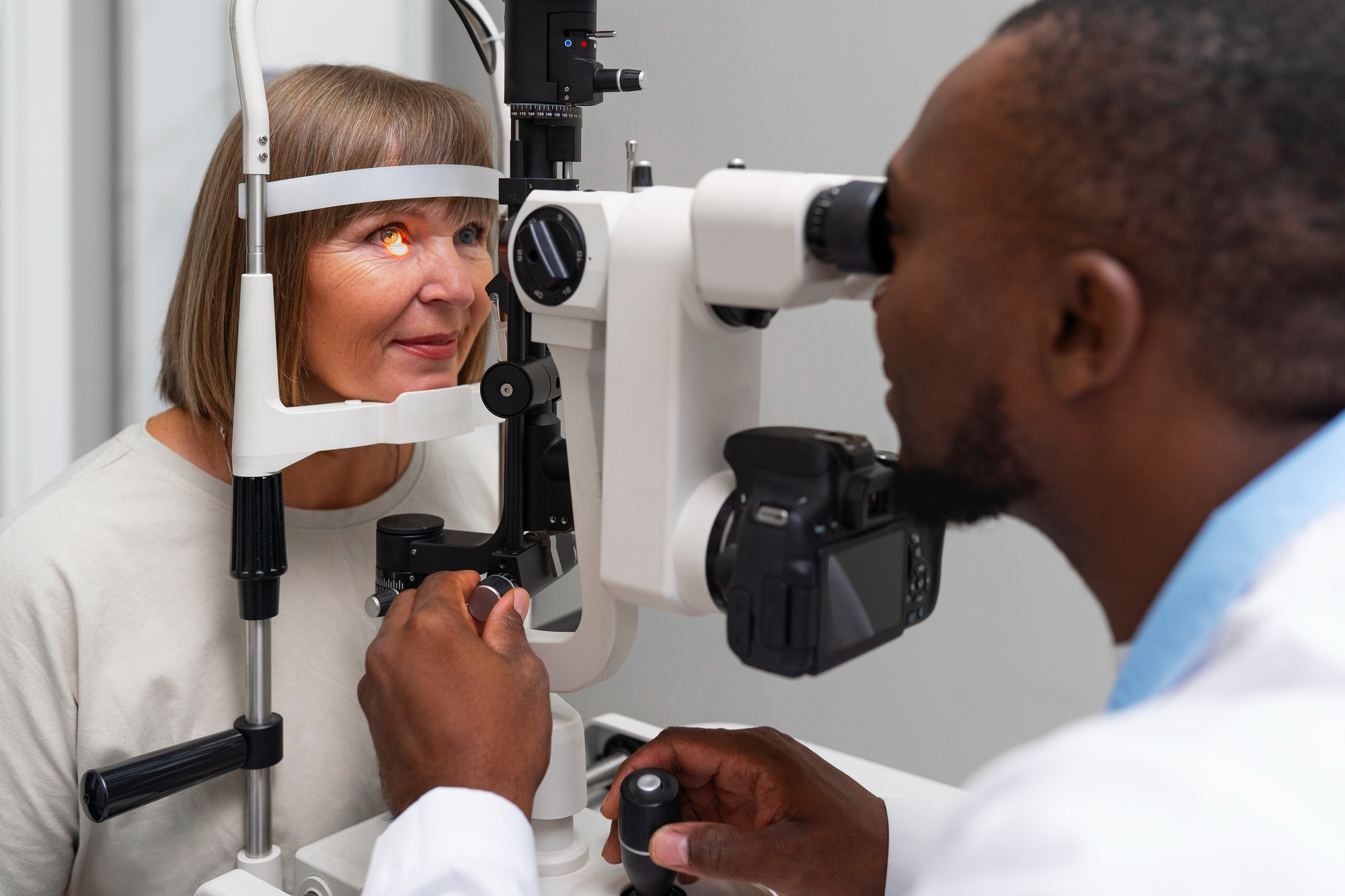It might be corneal abrasion when you experience discomfort in your eyes, causing swelling, redness or even pain. Picture this: a tiny, seemingly harmless scratch on the delicate surface of your eye, causing immense discomfort and potentially compromising your vision.
Corneal abrasion, a scratch on the transparent covering of your eye known as the cornea, can be caused by various objects like metal, paper ends, wood shavings, or even your nails. While it may not always be a severe condition, it’s crucial to promptly consult your optician for a thorough examination and appropriate treatment to prevent potential complications and maintain optimal eye health.
Symptoms Of Corneal Abrasion
- Eye pain.
- The feeling that something is in your eye.
- Watery eyes.
- Blurred vision.
- Red eyes.
- Sensitivity to light (photophobia).
- Swollen eyes or eyelids.
Causes Of Corneal Abrasion
What leads to a corneal abrasion?
Corneal abrasions can occur when foreign particles enter your eye during various activities, such as working with equipment or tools. These particles may include:
– Dust, dirt, sand, or fragments of plants.
– Small pieces of wood or metal.
– Makeup brushes or applicators.
– Your fingernails.
Additionally, wearing contact lenses can also cause corneal abrasions if you:
– Insert or remove lenses when your eyes are dry.
– Use contact lenses that do not fit properly.
– Apply excessive force when inserting or removing your contacts.
How Is A Corneal Abrasion Typically Treated?
When a corneal abrasion is detected, the initial step in treatment may involve flushing your eye with clean water or a saline solution. It’s important to avoid rubbing your eyes during this process. If a foreign object is present, your healthcare provider may gently remove it using a swab or a specialised instrument. This procedure is typically performed with topical anaesthesia to ensure minimal discomfort.
To prevent infection, your provider will likely prescribe antibiotic eye drops or ointment and instruct you on the duration of use. Pain relief medication may not be necessary for minor scratches, but over-the-counter oral nonsteroidal anti-inflammatory drugs may be recommended. In some cases, topical analgesic eye drops or ointment may be prescribed.
Rest assured, there are effective treatments for corneal abrasions. A bandage contact lens, for instance, can be used to promote healing and reduce discomfort during blinking. If contact lens wear poses a risk, providers may opt for a pressure patch with gauze and tape instead. These treatments can provide relief and help you on your path to recovery.
If you’re experiencing eye discomfort accompanied by watery eyes, especially after exposure to airborne particles like dust, wood, plants, or metal, it’s best to seek assistance from an eye care professional. They can safely remove any particles and assess the extent of the damage. Remember, you’re not alone in this. Professional help is always available to guide you through the process of managing corneal abrasions.
You can always contact Oakes opticians for a proper, comprehensive eye examination.

